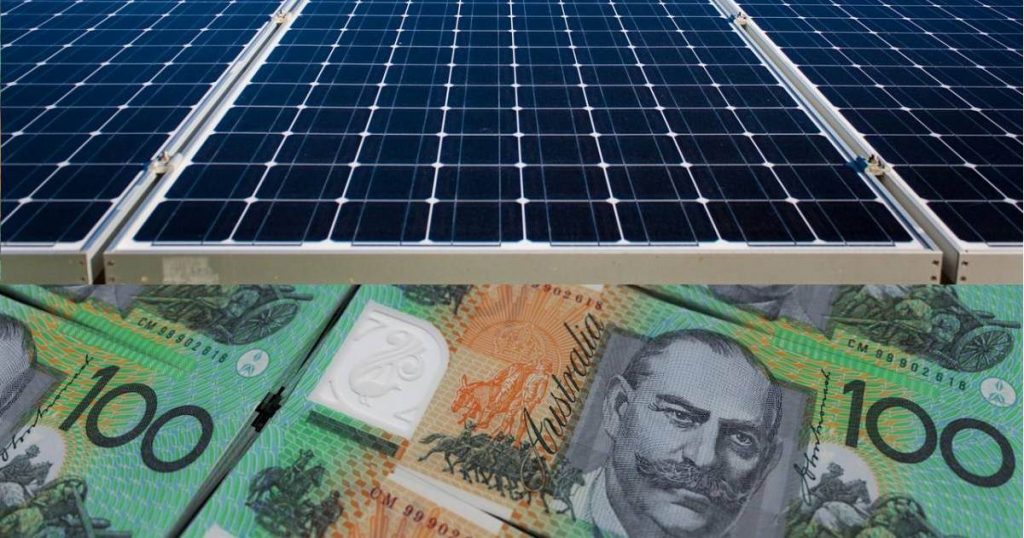
Being the final month of the year, it’s a good time to look at what will happen with Australia’s hugely popular solar rebate when the calendar flips over to January 1, 2022.
The solar rebate1, more accurately a subsidy, has been a major force behind Australia achieving more than 3 million rooftop solar system installations to date. It can knock thousands of dollars off the price of a home solar installation, and up to tens of thousands of dollars off a commercial solar system less than 100kW capacity.
They say all good things come to an end, and that’s also true for this subsidy – but not entirely for quite a few years yet. The rebate has reduced each year since 2017 as part of a planned phase-out, and will drop to zero in January 2031.
How Much Will The Solar Rebate Reduce By In 2022?
The amount of rebate accompanying an eligible system varies based on a number of factors – including year of installation, solar panel capacity and where in Australia it is installed. It’s also based on STCs (Small-scale Technology Certificates), the value of which fluctuates according to market demand.
But as an example and a very general guide, the subsidy will be around $320 less than currently on a 6.6kW system in January 2022. This assumes current STC values hold, and they have been stable in recent months. It’s a small amount to miss out on compared to the savings a good quality system will provide during its many years of service. Try SQ’s solar calculator to see an estimate of your potential savings.
You can learn more about how the solar panel rebate works here in great detail; but from the customer side of things it’s quite simple – an up-front discount rather than something you receive after the system is paid for and installed.
Should I Buy A Solar Power System Right Now?
It’s always a good time to get solar installed considering every month without panels your household electricity bills (or those of your business) will be much higher than they might otherwise be – so doing some research on installing solar and getting quotes now is a great idea in preparation for an early 2022 installation.
As mentioned, the level of solar rebate accompanying eligible systems is partly based on installation date, not purchase date. There’s some lead-up time after you sign on the dotted line for a system before installation and many good solar installers would be booked out to the end of the year. And it’s not worth risking a bad installation company with time on its hands as that could cost more in the long run.
Quotes for quality systems and installation issued now will likely take into account a 2022 installation date. But by locking in a good installer, you could be saving on your electricity bills with solar energy earlier in 2022 than if you wait until early next year before making a decision. There’s often a backlog of work after installers get back from their well-deserved and hard-earned holiday breaks.
Footnotes
- Not to be confused with feed-in tariffs; and it often is. Learn about the difference between the solar rebate and feed-in tariffs here. ↩

 RSS - Posts
RSS - Posts



Speak Your Mind